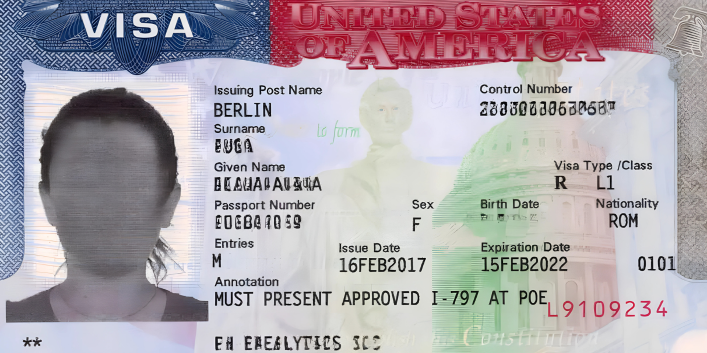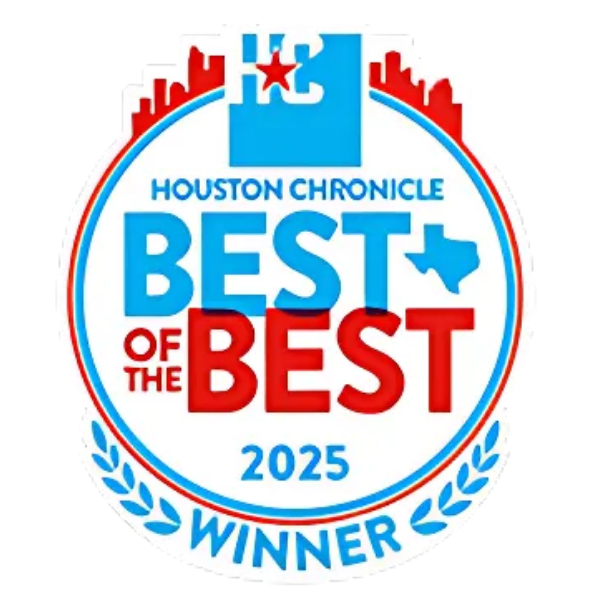The L-1 Visa offers a clear legal route for companies to transfer employees from overseas offices to U.S. operations. This visa type is a practical option for executives, managers, and professionals with specialized knowledge working for multinational firms.
At Orange Law, Sugar Land immigration attorney Karan Joshi provides legal guidance for businesses and individuals navigating the L-1 process. From eligibility to green card planning, our team ensures each step is handled with care and precision.
Understanding the L-1 Visa
The L-1 Visa is a nonimmigrant visa category created for intra-company transfers. It is commonly used by international businesses that need to move employees from a foreign office to a U.S. affiliate, branch, or subsidiary.
There are two types of L-1 Visas:
Each option serves a specific need and has different validity periods and immigration benefits.
Difference Between L-1A and L-1B
L-1A Visa: For Executives and Managers
This version of the L-1 Visa is intended for individuals in leadership roles. It allows:
- Initial stay of 1 year (for new U.S. offices) or 3 years
- Extensions up to a maximum stay of 7 years
- Direct pathway to a green card under the EB-1C category
Roles commonly qualifying include CEOs, department heads, and directors with hiring and budgetary authority.
L-1B Visa: For Specialized Knowledge Workers
The L-1B Visa supports employees who possess detailed knowledge of proprietary company systems, technologies, or procedures. Key points include:
- Initial stay of 1–3 years
- Maximum stay: 5 years
- May require additional evidence to demonstrate knowledge depth
Examples include engineers trained on patented equipment, or IT specialists familiar with internal software systems.
Sugar Land immigration attorney Karan Joshi regularly helps companies decide which visa type best fits their business goals.
Who Can Apply for an L-1 Visa?
To qualify, both the company and the employee must meet specific criteria.
Employer Criteria
- Must have a qualifying relationship between the U.S. and foreign business entity (e.g., branch, affiliate, or subsidiary)
- Must be actively doing business in both the U.S. and another country
Employee Criteria
- Must have worked for the foreign entity for at least one continuous year within the last three years
- Must be seeking U.S. entry to perform executive, managerial, or specialized duties
Sugar Land immigration attorney Karan Joshi emphasizes the importance of detailed job descriptions and corporate documentation when applying.
Step-by-Step L-1 Visa Process
1. File Form I-129
The U.S. employer must submit Form I-129 to USCIS, along with documents proving the relationship between offices, the nature of the position, and proof of ongoing business activity.
2. USCIS Decision
Once the petition is approved, the employee can apply for the L-1 Visa at a U.S. consulate.
3. DS-160 and Visa Interview
The applicant completes the DS-160 form, pays the visa fee, and attends a consular interview with relevant documents, such as:
- I-797 approval notice
- Passport and DS-160 confirmation
- Business plans and employer letters
4. Arrival in the U.S.
Once the L-1 Visa is issued, the employee may enter the U.S. to begin working.
A Sugar Land immigration attorney can guide both the employer and employee throughout this process to minimize errors and delays.
Blanket L Petitions for Large Companies
Companies with high transfer volumes may qualify for a blanket L petition. This streamlines the process by pre-approving the company structure, allowing employees to skip USCIS filing and apply directly at consulates.
To qualify:
- Must have multiple U.S. and international branches
- Must have transferred at least 10 L-1 employees in the last year
- Must be doing business for at least one year
Sugar Land immigration attorney Karan Joshi assists companies in securing and managing blanket petitions.
Opening a New U.S. Office with an L-1 Visa
New U.S. offices require additional planning and documentation:
- Physical office lease
- Detailed business plan
- Evidence of funding and future hiring plans
Initial stay is limited to 1 year but can be extended once the business is operational. At Orange Law, our team ensures that new ventures meet all compliance requirements before filing.
L-2 Dependents: Spouse and Children
L-1 holders can bring dependents under the L-2 category:
- Spouses are eligible for automatic work authorization
- Children may attend school but are not authorized to work
Sugar Land immigration attorney Karan Joshi includes family-based support in all L-1 consultations to ensure a seamless transition for dependents.
L-1 Visa Extensions and Compliance
Visa holders must file extensions before their status expires:
- L-1A: Maximum stay of 7 years
- L-1B: Maximum stay of 5 years
Late filings or non-compliance can lead to status loss or future visa ineligibility. Our legal team monitors timelines and handles renewals proactively.
Can You Get a Green Card on an L-1 Visa?
Yes, especially through the L-1A category. Qualified executives and managers may apply for a green card via the EB-1C category, which does not require labor certification.
L-1B holders may still pursue green cards under EB-2 or EB-3, though labor certification is required.
Sugar Land immigration attorney Karan Joshi often begins green card planning at the L-1 filing stage to ensure a smooth adjustment of status later.
Avoiding L-1 Visa Denials
Common reasons for denial include:
- Poorly defined job roles
- Lack of evidence of company operations
- Incomplete documentation
- Weak justification for specialized knowledge
Working with an experienced legal team is critical. At Orange Law, we build strong petitions backed by business records, organizational charts, and employer affidavits.
How Orange Law Helps with Your L-1 Visa
Our services include:
- Full eligibility assessment
- Assistance with Form I-129 and DS-160 preparation
- Legal support for blanket petitions and extensions
- Green card transition planning
- Interview coaching and consular representation
As a trusted Sugar Land immigration attorney, Karan Joshi handles every step with attention to detail and an understanding of current immigration policies.
Comparing L-1 Visa with H-1B and E-2
| Visa Type | L-1 Visa | H-1B | E-2 |
| Purpose | Intra-company transfer | Skilled employment | Investment |
| Employer Sponsorship | Required | Required | Not always |
| Dual Intent | Yes | Yes | No |
| No | Yes (85,000/year) | No | |
| Max Duration | 5–7 years | 6 years | Varies |
If you’re unsure which visa path suits your business or career plans, consult a Sugar Land immigration attorney at Orange Law to evaluate your options.
Frequently Asked Questions
Can I switch employers on an L-1 visa?
No. The L-1 is employer-specific. You must stay with the petitioning employer.
Is a degree necessary for an L-1 Visa?
No. Work experience and role in the company are the primary factors.
How long does processing take?
Typically 2–5 months. Premium processing (15 days) is available.
Can I work part-time on an L-1 visa?
No. L-1 employment must be full-time for the petitioning U.S. entity.
Start Your L-1 Visa Application with Orange Law
Securing an L-1 Visa requires planning, legal accuracy, and well-organized documentation. Mistakes or delays can result in costly setbacks. Our team at Orange Law is here to support employers and professionals through every stage.
Get started with a consultation from Sugar Land immigration attorney Karan Joshi and ensure your application is complete, compliant, and set up for approval.
Call 713-885-9787 or visit www.orangelaw.us to speak with a trusted immigration lawyer and start your L-1 visa process today.



